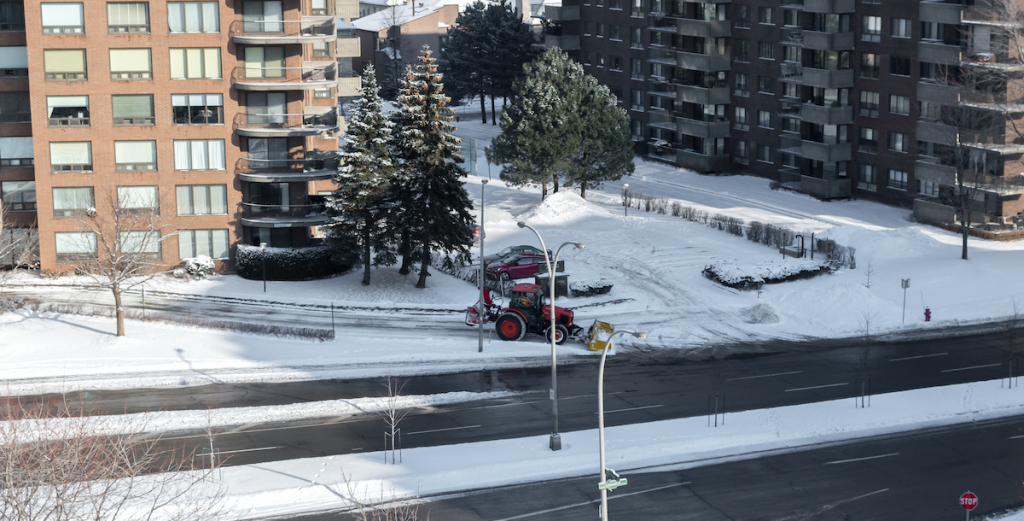
Overcoming work safety hazards in winter
By Gen Handley
Features editors pick lone worker security guard workplace safety bakerjarvis / iStock / Getty Images Plus
bakerjarvis / iStock / Getty Images Plus As the days get darker and colder, the chances of injury amongst outdoor workers increase, particularly for those in the security industry.
With the presence of winter hazards like ice, snow and wet leaves, the incidence of slips and falls becomes significantly higher, creating a greater need to protect security workers and take new safety steps.
According to the U.S. Bureau of Labor Statistics, in 2009, security guards suffered 63 fatal work injuries and close to 9,000 nonfatal workplace injuries or illnesses that required at least one day away from their jobs. These winter safety hazards are in addition to dangers that security already face. Thankfully, there are a number of proactive steps employers can take to mitigate these hazards.
Clear the way
If snow and ice are beginning to accumulate at the work location and walkways, it is the employer’s responsibility to address this issue immediately. Any walkways and stairs must be cleared, using salt and sand if needed. When performed regularly, snow and ice clearing will help prevent any dangerous build up that could seriously injure a worker, especially when handling equipment. Because of the wet conditions, organic material like leaves can also pose a slipping hazard and must be cleared as well.
Light the way
If there are high-risk areas that can’t be cleared right away or need to be repaired, these areas should be marked with hazard signs, cones and/or barricades and tape. Additionally, any walking areas need to be properly lit, particularly when the ground may be slippery. Because they’re the best eyes and ears employers have, workers should be encouraged to report any potential safety issues — part of that includes creating a strong safety culture in your team.
Equip your team
If traversing on slippery surfaces or around uncleared buildings, workers should be equipped with appropriate clothing, footwear or equipment to work in the cold conditions. This can include fall protection technology, company outerwear, hats and hand protection. Quality, proper footwear is paramount and employers should look into providing insulated, water-resistant boots or rubber over-shoes to provide grip on slippery surfaces which can easily be fit over your existing footwear. Customized winter emergency kits with extra essentials to protect the worker is also a good idea.
Protect your team
In addition to the prevalence of winter slip and fall injuries, the low temperatures also impact the workers, who, along with the threat of hypothermia and frostbite, also face trench foot and chilblains, which are ulcers formed by damaged blood vessels in the skin caused by the repeated exposure to temperatures just above freezing. The Centers for Disease Control recommends workers wear warm clothing, sufficiently protecting the face, ears and limbs, moving to warm locations on breaks, carrying extra gloves, toques, and clothing, and monitoring these employees with technology such as an automated check-in system.
Be proactive for your team
Ultimately, companies need to be proactive when it comes to the safety and well-being of their security staff. When looking at elevating the protection of your workers or creating a safety program, employers must first conduct a risk assessment of the workspace to not only identify any hazards, but to look at ways of mitigating these hazards as quickly and effectively as possible, utilizing whatever tools are available like reliable safety apps. The good news is that many steps can be taken now to protect security workers in the winter so that they don’t end up as another work injury statistic or worse.
Gen Handley is a Marketing and Growth Coordinator for www.safetylineloneworker.com, an automated, cloud-based lone worker monitoring service.
Print this page
Advertisement
- Ontario students return to virtual school as part of lockdown measures
- Poor IT support hurting Canadian military operations, internal review finds
Leave a Reply